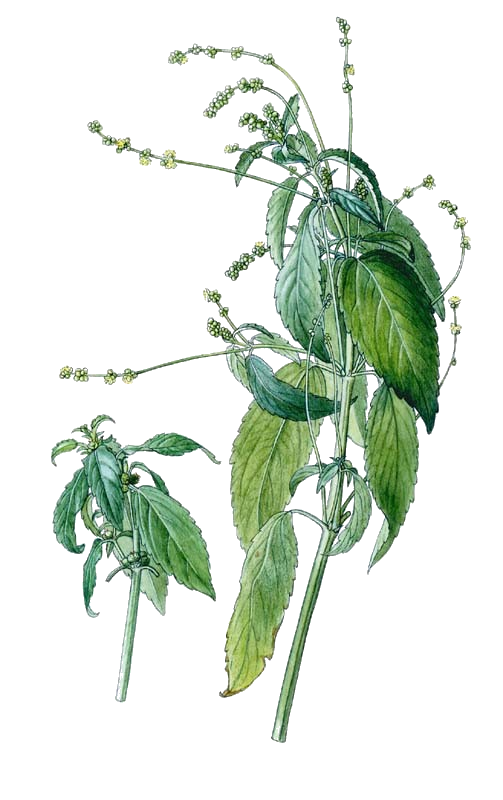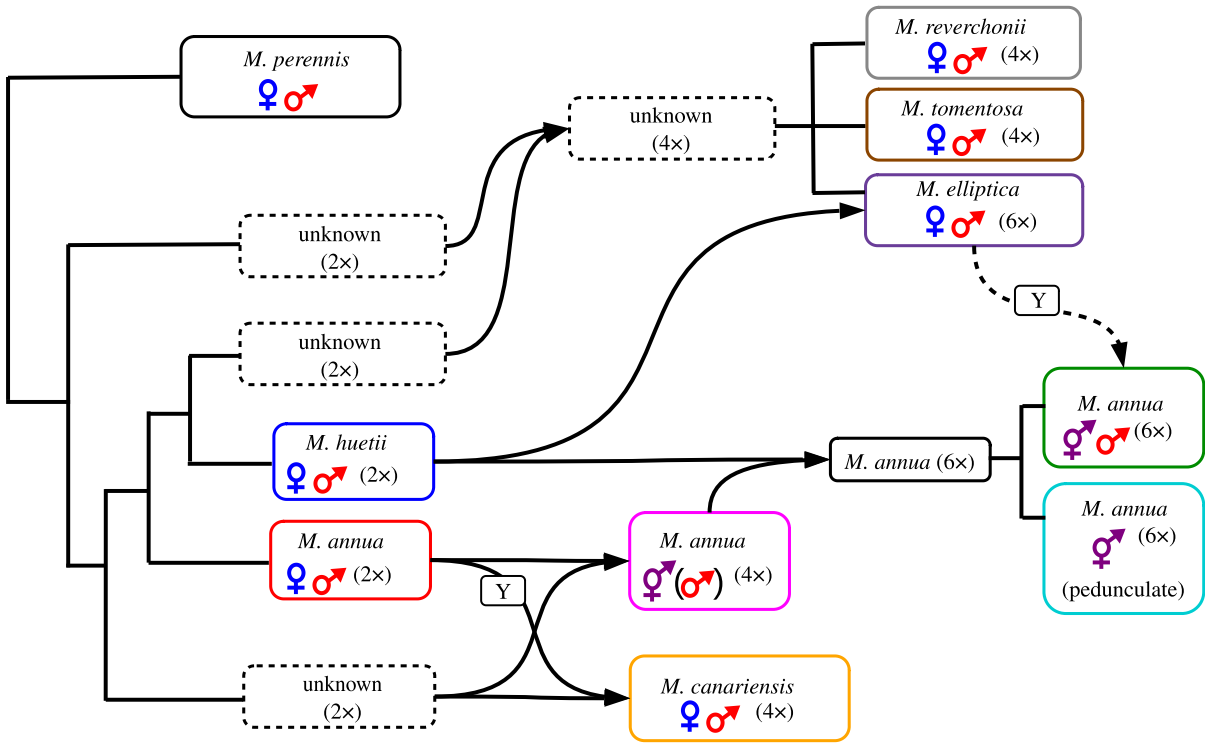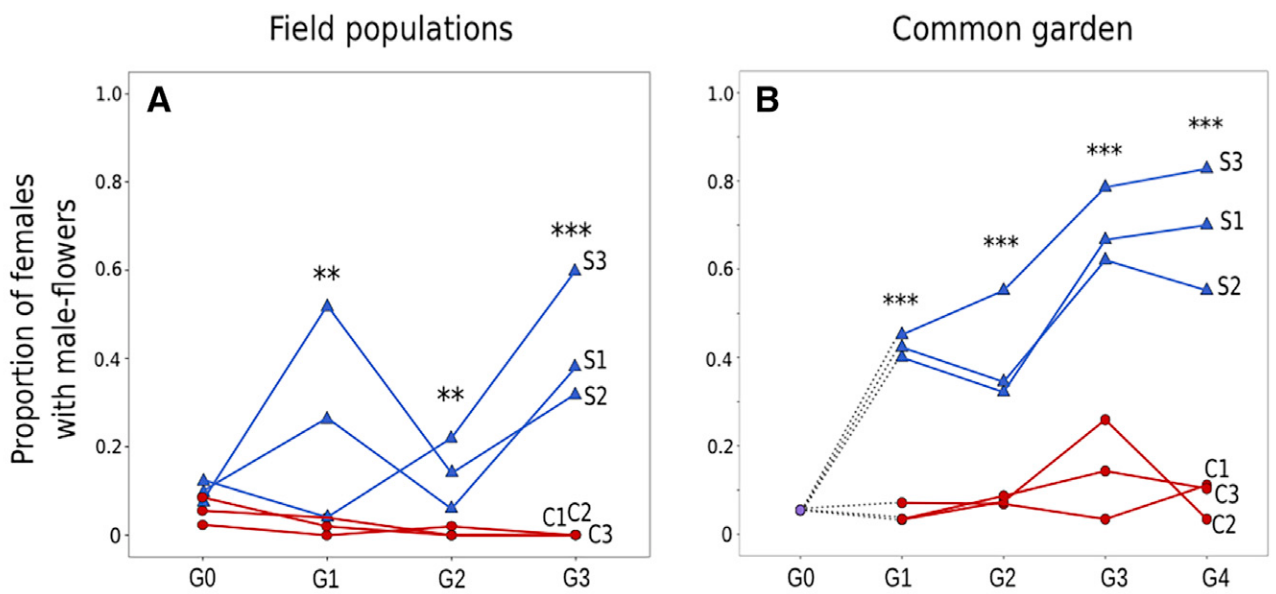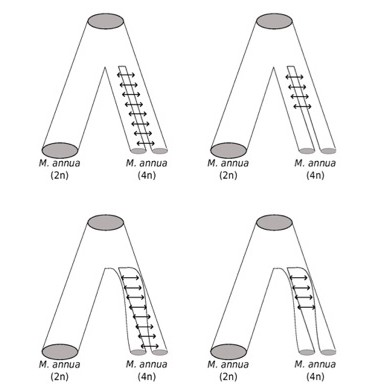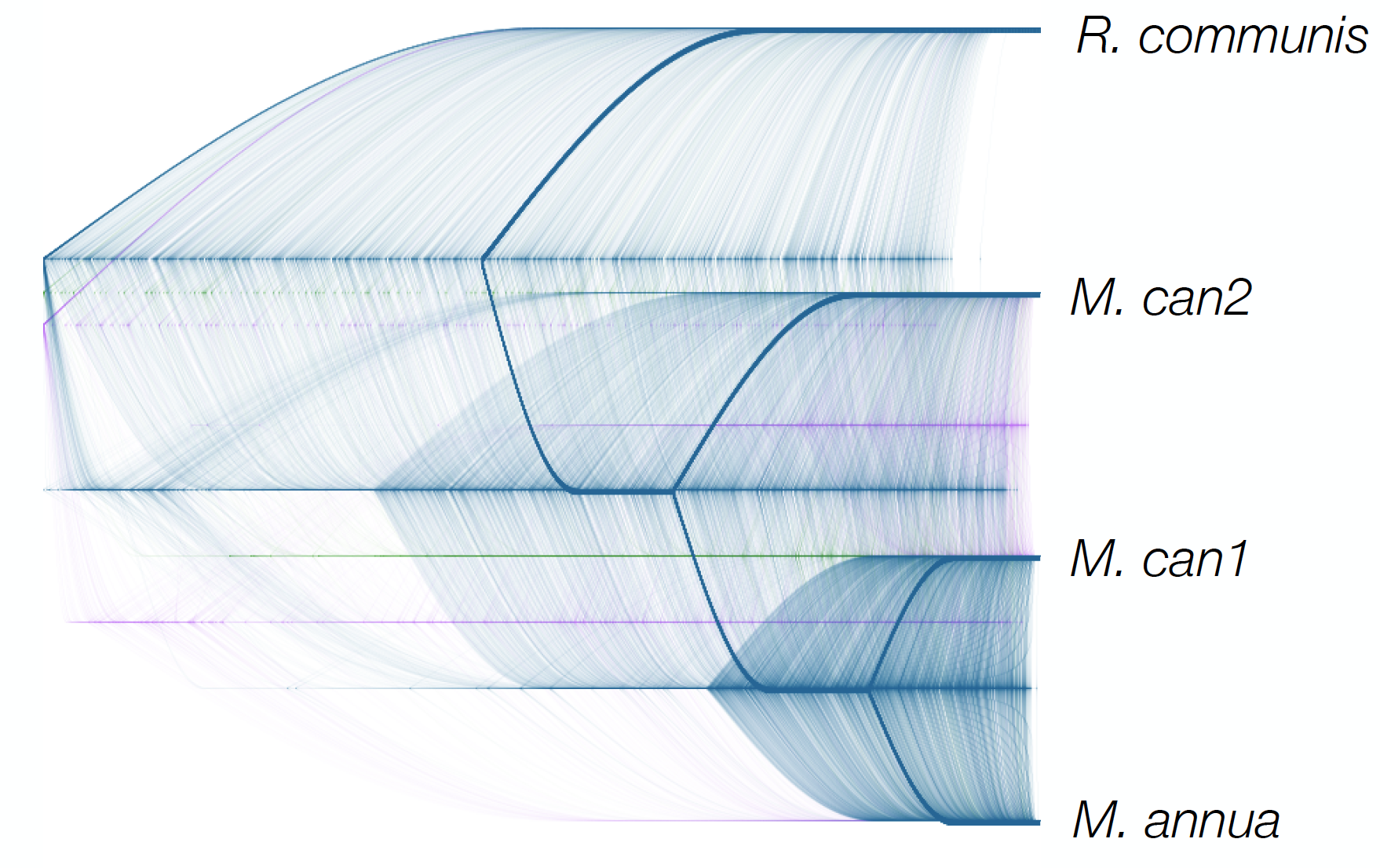About Us
"There are several groups of plants in which all the species are diœcious, and these exhibit no rudiments in the one sex of the organs proper to the other. About the origin of such plants nothing is known."
This quote by Charles Darwin from his book "The Different Forms Of The Same Species" (1877) is surprisingly still relevant today. Why dioecy in plants is rare and why species that are dioecious are so are questions that have not yet been fully resolved.
In the wake of these old questions, the group is particularly focused on addressing questions concerning transitions between sexual systems, and their implications for mating, resource allocation, demography and the evolution of the genome and transcriptome, especially sex chromosomes. Some of these are summarised under the project descriptions below. These projects use a combination of theory, wet-lab work, bioinformatics, and fieldwork. See our recent publications for further details of results from these and other projects.
